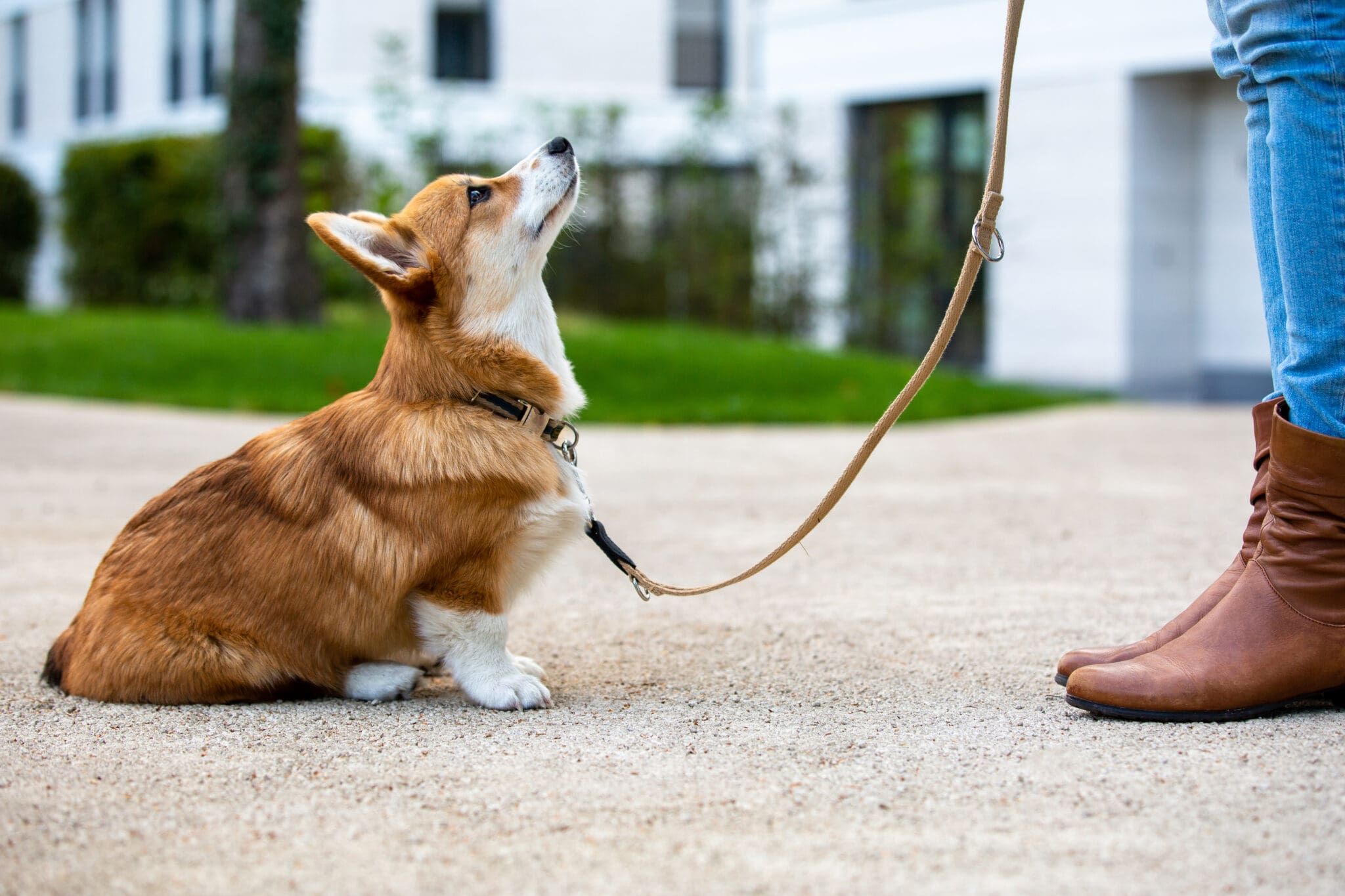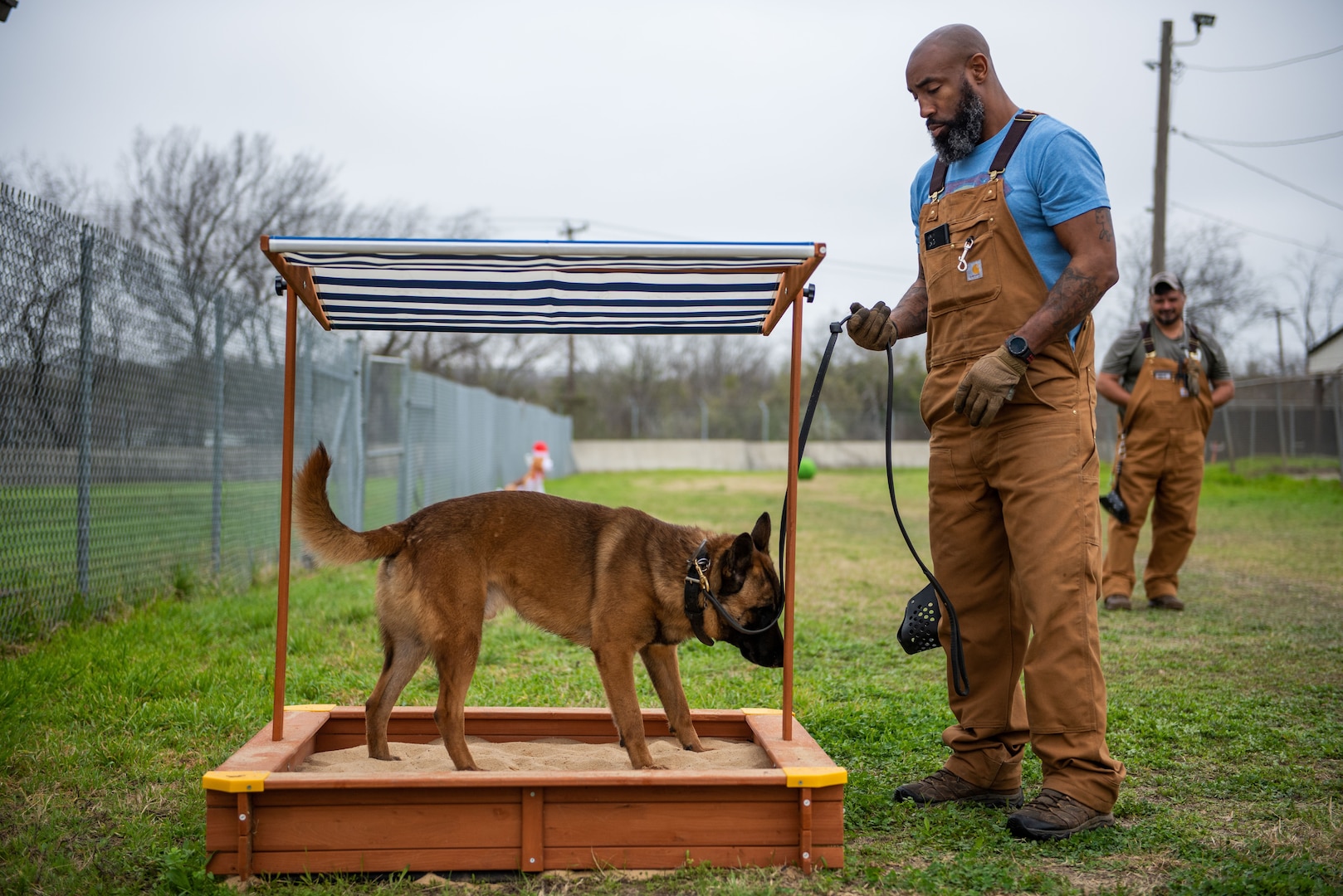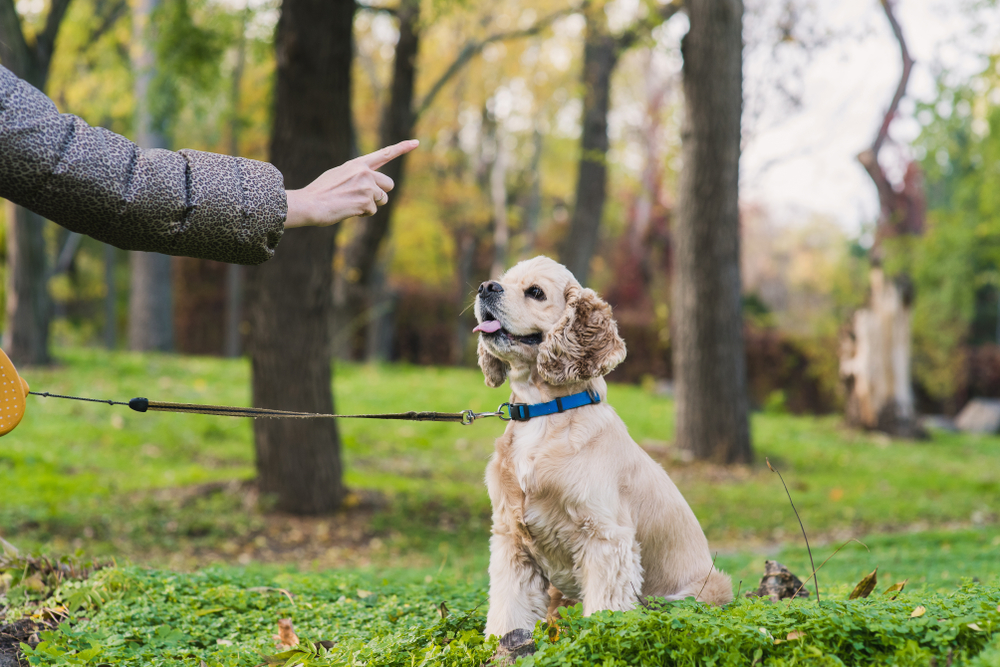Top Pet Dog Training Methods Every Proprietor Need To Know

Positive Reinforcement Methods
Using favorable support techniques is important for efficient dog training, as it promotes a relying on bond in between the dog and the instructor. This approach concentrates on gratifying preferable habits instead of penalizing unfavorable ones, producing a setting for discovering. Rewards can consist of treats, appreciation, or play, which inspire canines to duplicate the behaviors that make them these benefits.

Furthermore, this method improves the pet dog's enthusiasm for training sessions. They are extra involved and receptive when pet dogs link training with favorable experiences. Dog training. Past immediate therapy, favorable reinforcement encourages a collaborative relationship between the dog and instructor, decreasing stress and anxiety and fear
To take full advantage of efficiency, it is critical to provide incentives without delay, ensuring the pet links the habits with the support. Essentially, favorable reinforcement techniques not only produce better-trained canines yet additionally promote an unified collaboration in between pet dog and proprietor.
Remote Control Training Approach
The clicker training technique is a highly efficient strategy that builds on the concepts of favorable support by adding a distinctive audio to mark wanted actions. This approach uses a little handheld tool that generates a clicking noise, allowing instructors to communicate with their pet dogs in a instant and clear way. When a dog carries out a behavior that the owner desires to encourage, the clicker is turned on, adhered to by a reward, usually in the type of treats or appreciation.
The key to effective remote control training depends on consistency and timing. It is critical to click at the exact minute the wanted behavior takes place, making sure that the dog associates the noise with the action and the subsequent benefit. This method not only improves communication but additionally promotes a stronger bond between the owner and the pet, as it urges involvement and communication during training sessions.
Remote control training can be applied to a selection of actions and commands, from basic obedience to a lot more complicated methods. Its versatility and effectiveness make it a favored method among expert instructors and pet owners alike, leading the way for a responsive and trained canine friend.
Chain Training Fundamentals
Effective chain training is necessary for making certain a useful reference safe and enjoyable strolling experience for both pet dogs and their proprietors. Dog training. Leash training ought to start early and be come close to with patience and uniformity. Beginning by picking an ideal leash and collar or harness. A flat collar might work for some dogs, while others may take click to investigate advantage of a harness that reduces pulling.
Introduce your dog to the chain progressively, allowing them to explore it in a comfy environment. Practice loose-leash walking once they are accustomed. This includes rewarding your pet for strolling beside you as opposed to drawing in advance. Use treats and appreciation to enhance desired behavior, and make sure to continue to be assertive and tranquil.
If your dog starts to draw, stop walking quickly. Wait till they go back to your side prior to resuming. This educates them that drawing does not result in advance. In addition, method different walking environments to aid your canine adapt to interruptions.
Regular practice will solidify your pet's understanding of leash etiquette. Bear in mind that chain training is a continuous procedure; patience and uniformity will certainly yield the ideal results, cultivating a positive experience for both you and your canine buddy.
Socializing Approaches
Socialization is a critical element of pet dog training that ought to preferably start throughout puppyhood yet can be advantageous at any type of age. Reliable socializing assists dogs establish confidence and minimizes the possibility of behavioral concerns. To apply successful socializing methods, subject your canine to a variety of atmospheres, individuals, and other animals.
Beginning with controlled setups, such as young puppy courses or arranged playgroups, where young pet dogs can interact safely. Progressively introduce your pet to new experiences, consisting of various noises, surface areas, and tasks. Ensure these encounters are fulfilling and positive to develop a sense of safety and security.
For grown-up pet dogs or those lacking exposure, start with low-stress situations. Short, positive communications with friendly people and calm canines can create positive organizations. Use treats and appreciation to reinforce preferable behaviors throughout these experiences.

Consistency and Perseverance
Recognizing the value of consistency and patience in pet training is crucial for accomplishing long-term outcomes. Inconsistent training can lead to confusion, making it hard for the pet dog to understand commands or behaviors, eventually impeding development.
Pets, like people, find out at their very own speed. This promotes a trusting partnership between the pet and proprietor, encouraging a more willing and enthusiastic learner.
To cultivate uniformity and patience, establish a regular training regular, use the exact same commands, and make sure that all family members apply the very same training principles - Dog training. By doing find more information so, you produce a stable setting conducive to learning, enabling your pet dog to thrive and create right into a well-behaved companion
Final Thought
Finally, effective canine training methods, such as favorable reinforcement, remote control training, and appropriate leash training, are necessary for fostering a healthy owner-dog relationship. Additionally, carrying out socializing methods and preserving consistency and perseverance throughout the training process contributes significantly to a dog's total wellness. By incorporating these approaches, dog proprietors can assist in the growth of well-adjusted, obedient pets, eventually improving the lifestyle for both the dog and the proprietor.
Among the most prominent techniques are favorable reinforcement, remote control training, and leash training, each offering distinct advantages that add to a mannerly canine. As we check out these basic techniques, it comes to be evident that mastering their nuances can considerably impact the training experience and the pet dog's general habits.Using positive support strategies is crucial for effective pet dog training, as it fosters a relying on bond in between the instructor and the pet.In verdict, effective pet training strategies, such as positive support, clicker training, and appropriate chain training, are crucial for promoting a healthy and balanced owner-dog partnership. By incorporating these methods, pet owners can promote the development of well-adjusted, loyal animals, eventually improving the high quality of life for both the pet dog and the owner.